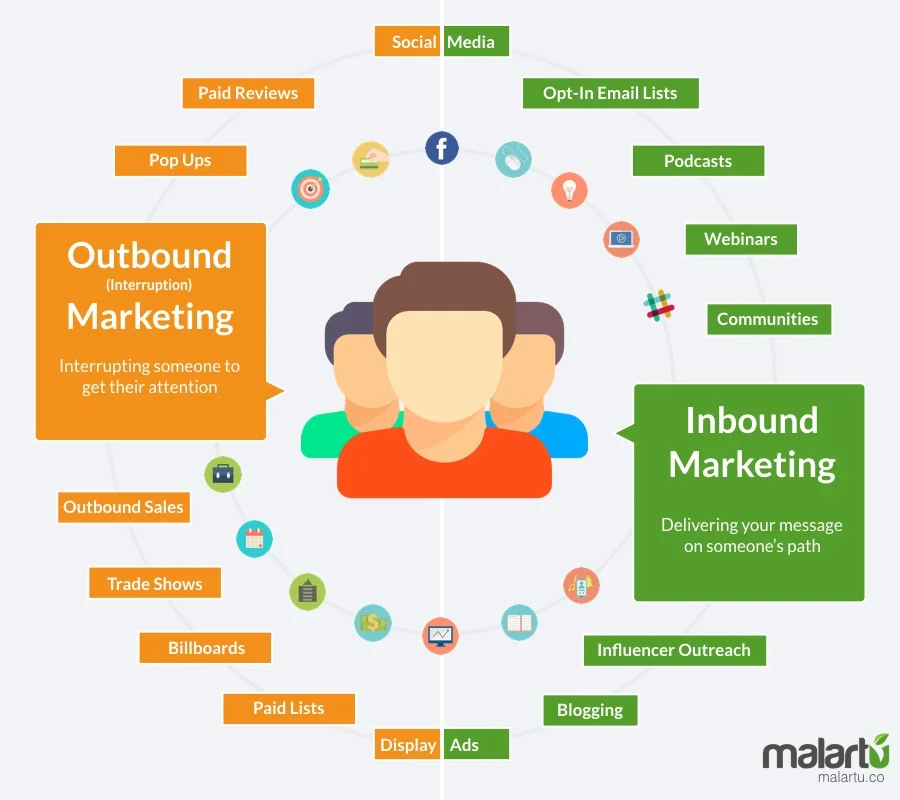In a survey conducted by Bloomberg, nearly 97% of respondents reported their companies have adopted analytics. The three most popular goals were the ability to reduce costs, increase profitability and improve risk management.
What isn’t measured, isn’t managed. While this is true for every business, it’s especially crucial in eCommerce. Why? Because the success of your eCommerce store is largely based on unit economics, and almost everything in eCommerce is measurable.
Read MoreThe guide to understanding and tracking the financial health of a dental practice.
Read MoreEvery modern medical practice owner has to do two things: provide excellent healthcare and grow a thriving business.
Most physicians have the first part covered - they started their practice because they believe they can offer a higher quality of care than the next physician.
The second part - growing and managing a thriving business?
That’s tricky.
Read MoreYour ability to stay organized and focused on the most important key performance indicators can be the secret to your success. If your goal is to grow your salon business in the next year, these metrics can help guide you down a clear, concise path.
Read MoreTraditional real estate portfolio management reports provided by accounting firms include a Profit & Loss Statement (P/L), a Balance Sheet (B/S), and Statement of Cash Flow.
The Profit & Loss shows the income and expenses for any given period, the Balance Sheet shows a company’s assets and liabilities for at any point in time, and the Statement of Cash Flow shows how the cash was utilized for a given period.
The flaw of traditional accounting reports like these, and P/Ls alone, is that they report the facts for a given period but fail to provide any actionable information. What factors contributed to those outcomes?
Read MoreOne of the best exercises you can go through as you initially validate an idea is to go out in public and interview people who would be your potential customers. There’s no other way to get feedback on your concept initially, and one thing that’s way more uncomfortable than talking to strangers about an idea is spending 100’s of hours building that idea, to only find out no one wants it.
Read MoreTo get to the point of being truly data driven, your firm needs to know where you’ve been and where you currently stand in your path to data maturity. It’s important to follow this model because trust is built along this path - it is impossible to make important strategic decisions based on data without trust that your data and systems are reliable.
Read MoreWhen I hear about “referrals” I often to think about raffles, giveaways, and other monetary incentives. After speaking with Josh Haymond, partner at VACO, my ideals have changed. Referrals at the enterprise level are more about creating deep, “help me help you” relationships than they are about creating short-term financial incentives.
Read MoreManagers at nonprofits have a unique set of challenges related to furthering their business while also furthering their mission. Progress cannot always be measured by simple metrics like revenue-growth and grants-made because you’re not really in the business of making money and giving money away: you’re in business to better the world...
Read MoreThe fact is, data transfer and data visualization are only two parts of the business intelligence equation. The third part, and the largest missing piece, is what you do with this information - how you gain actionable insights. The first step to understanding the difference between where you are and where you need to be is finding the benchmark.
Read MoreWhen a visitor comes to a site that has the Google Analytics tracking code installed, Google Analytics captures data via cookies like what kind of traffic it is, where the visitor came from, their browser, screen resolution, country, metro, etc. Campaign tagging allows you to overwrite this data with your own custom variables to get better insight into who this visitor is and why they’re coming to your site.
Read MoreInbound marketing is a consumer-centric marketing model that focuses on building a lasting brand image and attracting longterm consumers. Instead of forcing information on potential customers (outbound marketing), inbound marketing attracts customers to the firm organically. This shift in ideology from "push" to "pull" marketing tactics allows companies to focus on building and maintaining customer relationships based on a foundation of high-quality content aligned with company values. Inbound marketing, in a sense, is simply a form of customer education.
Read MoreIt’s fun working with early-stage companies, because every company and every situation is different. Some need to be set up, some are raising angel and venture capital, some need help with general contract negotiation and drafting, and others are on a hiring spree. However, a few things hold true throughout these diverse startup companies. For one, it takes a ton of work to make a new business successful.
Read MoreIn 1998, just a year after returning to lead the company he founded after a 12-year hiatus, Steve Jobs took the opportunity presented by a MacWorld address to confront Apple’s critics in public. During his appearance, he humorously outlined what he dubbed a “Hierarchy of Skepticism,” in order to make a clever, pre-emptive strike against the criticisms he’d inevitably face next.
Read MoreMeasuring a business's success can be a difficult task for many entrepreneurs running today's startups. Who or what's to say a business is successful? Does generating revenue mean success? Questions like these can create a lot of sleepless nights for entrepreneurs. However, there are ways to answer these types of introspective questions. Use your business' metrics as a measure of success.
Read MoreNot all metrics are created equal. It takes time, effort, and a strong understanding of your business to identify the best metrics to track for your situation. Metrics fall into two categories for most companies: vanity metrics, or actionable metrics (Key Performance Indicators). Today, we are discussing what exactly makes a vanity metric so we can either avoid tracking something of no value, or better yet, turn that metric into a KPI. To start, let's take a look at the definition of vanity.
Read More















